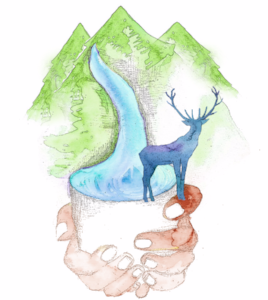Tell Your Story
Most everyone loves a good story. You want to be in suspense, hear the details and come away with learning something new. Communicating your story to the general audience can be difficult, but continue reading below and maybe what I learned can be of help.
At the 2016 North American Conservation Biology Conference in Madison, Wisconsin, I listened to 22 journalists as they expressed the stories they want to hear from scientists. These journalists represented known magazines such as National Geographic and The New Yorker, to more local news agencies like EarthFix. Their goal was to facilitate and weave themselves into the conference to communicate science and conservation action.
Science is complex, ambiguous stimulus, and trying to reduce ambiguity by contextualizing the information can be difficult. This is why communication frames are powerful. Frames have little to do with changing information, rather frames differ in how one presents the information.
To reach the broader audience, outside the scientific realm, a story needs to be told. Facts, figures, data and science terms present solid scientific work, but too much of this information takes away from the storyline. As a scientists you almost need to move away from conservation and “hard science” to tell the story. Journalists are looking for a story with a hero, an underdog or an economic story as this would provide a focal point for all other components.
The balance comes between telling the story and telling the problem. Journalists don’t just want to be “your mouth piece” by telling them what the problem is or what you need. There is a difference between a story and a problem, and to capture that story you need to share the unearthed problems such as camera stuck in the mud, hunted by poachers, lived in a tree for a week filming mating behavior of bird species. This is the side of the story not everyone is familiar with and the side people want to know about; how many cameras did you bring? How many days camping? What were the threats to the expedition? Once a story is filled in with mystery, you can begin to weave in the facts and research component.
Finally, one of my favorite feedbacks from a journalists is “a story is what is happening now”. Journalists do not want to hear about the research three weeks after publication because then it’s not news. They want to hear about the research while you are doing it.
So, if you have a story to tell, tell it. Create a powerful headline, get the word out and start sharing. Although, I speak mainly to scientists here the components to creating a good story apply to anyone interested in letting their goals or projects be heard.
